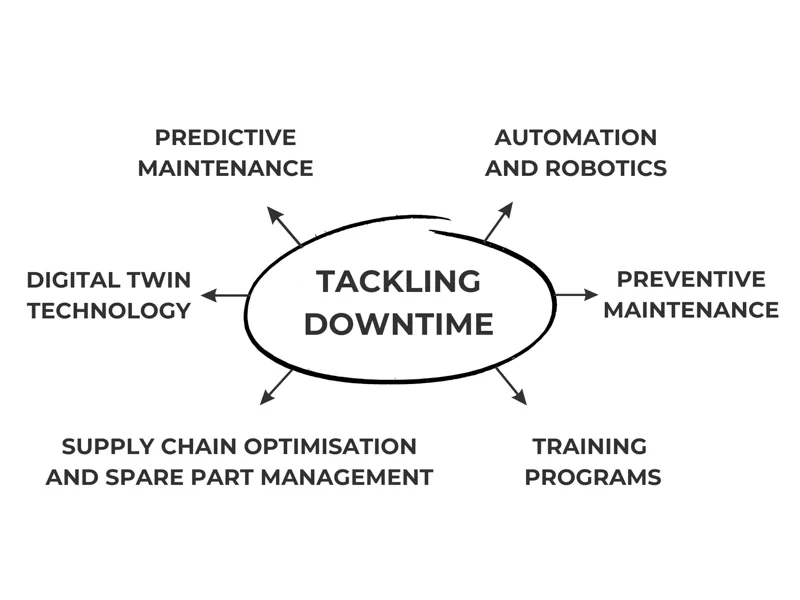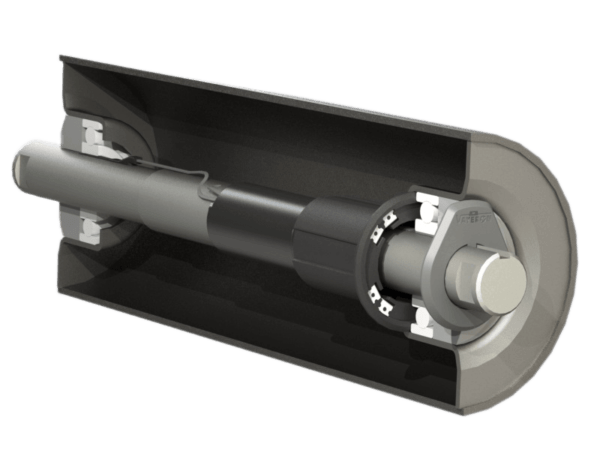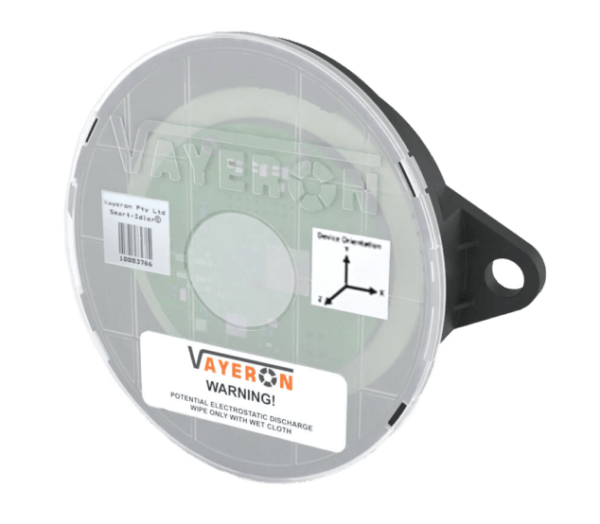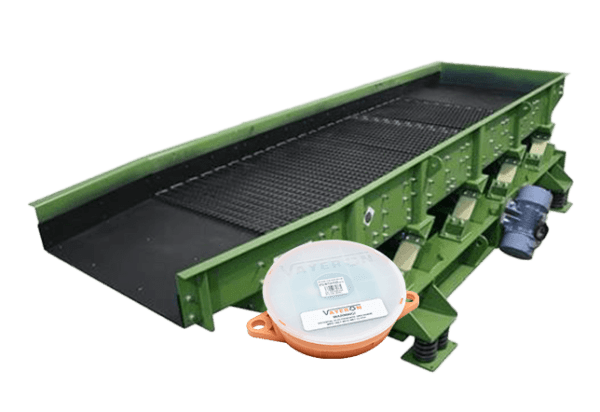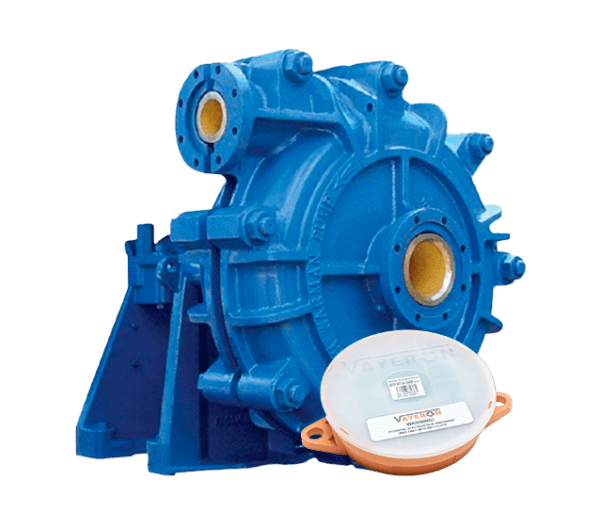Understanding Downtime in the Mining Industry
Heavy-duty mining equipment, subjected to intense wear and tear, can breakdown unexpectedly, leading to unplanned downtime and lost production. For example, belt conveyors have numerous moving components, so it does not take much to cause a shutdown. Spills and carryback on conveyor belts can damage the belt and cause misalignment. This carryback can misalign the conveyor belt, which is the system’s most crucial part, leading to severe edge damage. Roller bearings can seize shortly after dust gets inside. Additionally, bulk solids can accumulate inside chutes and hoppers, obstructing flow, especially in high-moisture environments. These bottlenecks can occur at any point in the process. Safety is another reason for downtime. If airborne dust creates a potential explosion risk, the system must be stopped to eliminate the hazard.
Routine maintenance, essential for equipment longevity, must be carefully scheduled to minimise operational disruption. Delays in the supply chain, whether due to logistical challenges or shortages of critical components, can bring operations to a standstill. Additionally, strict adherence to safety protocols sometimes necessitates operational halts, contributing to planned downtime.
Technologies and Solutions to Overcome Downtime
Preventive maintenance involves regular inspections and servicing of equipment to identify and address issues before they escalate into major problems. This approach can significantly reduce unscheduled downtime. Routine checks and servicing should focus on critical components susceptible to wear and tear. Implementing a comprehensive preventive maintenance program requires:
- Regular equipment inspections and servicing.
- Predictive maintenance techniques, using data analytics and condition monitoring.
- Training for maintenance personnel.
- An effective maintenance scheduling system to minimise operational disruptions.
Unlike reactive maintenance, predictive maintenance anticipates equipment failure before it occurs. This proactive approach is based on the continuous monitoring of equipment conditions, allowing for timely maintenance interventions. Enabled by advanced sensor technologies and data analytics, predictive maintenance allows mining companies to schedule maintenance activities strategically, thereby reducing unplanned downtime. Key aspects include:
- Installation of IoT sensors for real-time condition monitoring.
- Utilising AI and machine learning for data analysis and predictive modelling.
- Integrating predictive maintenance data into a centralised management system for better decision-making, allowing for timely interventions.

Advancements in automation and remote monitoring technologies have provided new opportunities to tackle downtime. Automation reduces the reliance on manual operations, which can be slow and error-prone. Robotics and automated systems enhance efficiency and minimise downtime by taking over risky or repetitive tasks.
Automated machinery and drones can perform hazardous tasks such as deep mining operations or equipment inspections in inaccessible areas. Automated mining equipment can operate continuously with minimal human intervention. Remote monitoring systems provide real-time insights into equipment performance. Conveyor roller monitoring automation system reduces fire risks and prevents unplanned downtime saving millions of dollars for mining operations. And the automated monitoring of abrasive wear makes it possible to prevent accidents in critical places of wear and to plan in advance the maintenance of assets where abrasive wear constantly occurs (slurry pipelines, feeder hoppers, mill lining, etc.).
This approach not only improves operational efficiency but also significantly enhances worker safety by reducing human exposure to dangerous mining environments.

Digital twin technology involves creating virtual replicas of mining equipment to simulate maintenance scenarios. This helps in planning and executing maintenance activities with minimal impact on production.
Digital twins allow operators to test various maintenance scenarios virtually, identifying the best strategies to implement in the real world without causing significant downtime.
The ability to foresee how maintenance activities will affect operations helps in reducing both planned and unplanned downtime.
Mining operations often face supply chain disruptions, affecting timely equipment repairs and maintenance. Developing resilient and efficient supply chain strategies, including strategic partnerships and inventory management, ensures a timely supply of essential components, minimising the impact of such disruptions.
Having critical spare parts readily available can significantly reduce the time taken to repair and return equipment to operation. Strategies include:
- Regular inventory audits to ensure the availability of essential spare parts.
- Establishing reliable supply chains for quicker parts procurement.
- Adopting inventory management software for better tracking and forecasting.
Human error can contribute significantly to downtime in mining operations, but a skilled workforce is essential in tackling downtime. Comprehensive ongoing training programs equip personnel with the necessary skills to operate and maintain advanced mining equipment effectively. Additionally, developing a culture of proactive equipment care among the workforce can be pivotal in reducing downtime.
Investing in thorough training programs for operators and maintenance personnel can significantly reduce such errors, enhancing overall operational reliability.
Embracing Innovation for Operational Excellence
The integration of these technological advancements into the daily operations of mining companies is not just an enhancement; it is a necessary evolution to meet the increasing demands of modern industry requirements. As these technologies continue to advance, their adoption will undoubtedly become more widespread, leading to a new era of efficiency and productivity in the mining industry.
